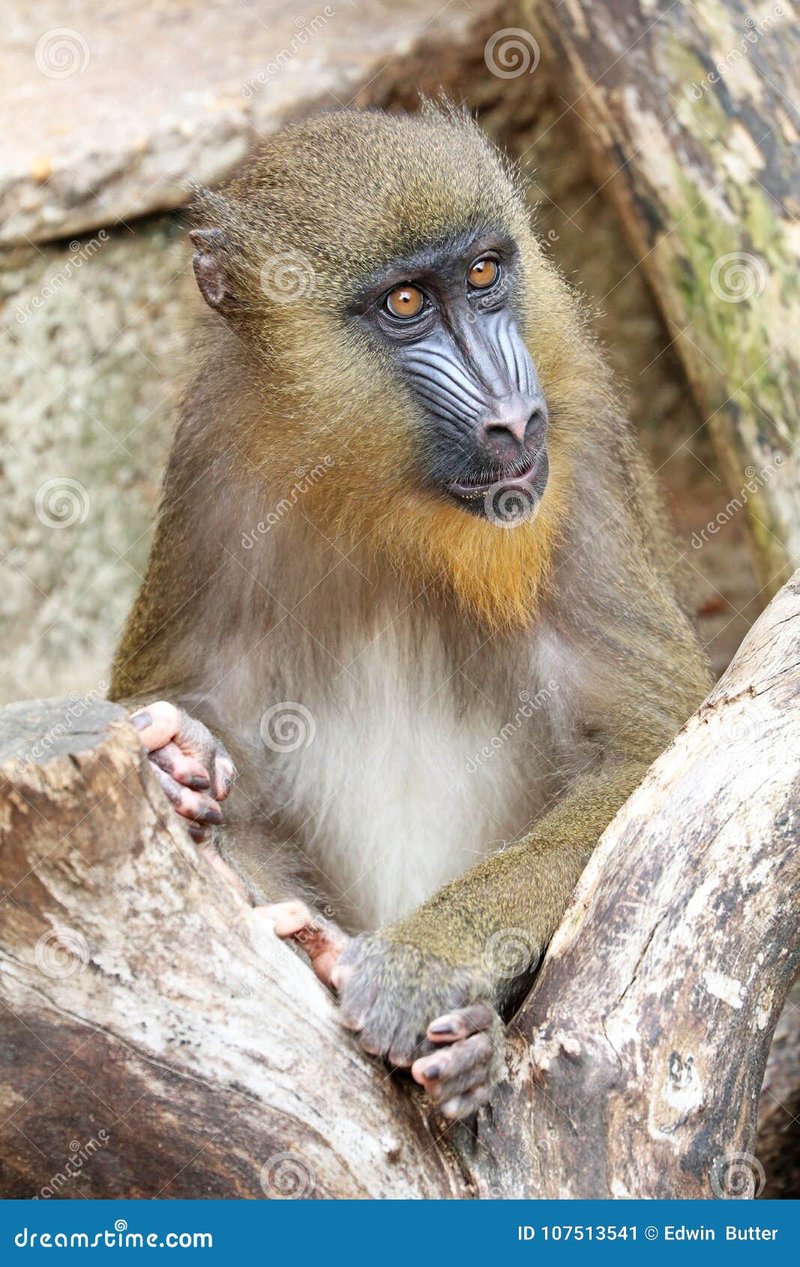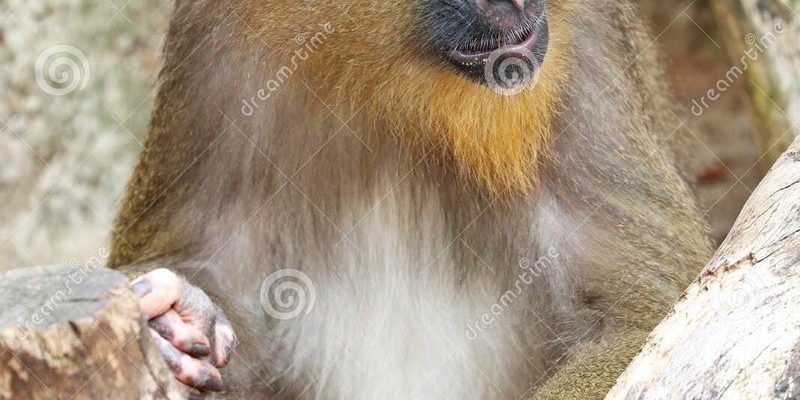
Mandrills are not just remarkable for their appearance; they also have a complex social structure and parenting style that ensures their babies grow up healthy and strong. Much like we rely on family and friends for support and guidance, mandrills depend on their social groups to help raise their infants. Let’s dive into the interesting world of mandrill parenting and explore how these striking primates care for and prepare their offspring for life in the wild.
The Social Structure of Mandrill Groups
Understanding how mandrills raise their young starts with their social structure. These primates live in large groups, which can sometimes number in the hundreds. These groups, often called troops, are usually made up of adult females, their young, and a few dominant males. The social bonds within the troop are strong, and this sense of community plays a vital role in nurturing the young.
Here’s the thing: when a baby mandrill is born, it doesn’t just rely on its mother for care—it gets help from the entire troop. Other females in the group often pitch in, acting almost like aunts. They’ll groom the little ones, play with them, and sometimes even carry them around. This communal approach ensures that the baby has a greater chance of survival, as the burden of care isn’t placed solely on the mother’s shoulders.
Bonding Between Mothers and Infants
The bond between a mother mandrill and her infant is incredibly special. When a baby is born, its mother is often very protective. She’ll keep her infant close, cradling it against her body. This closeness is essential not just for the baby’s physical safety but also for emotional security.
Mothers will nurse their babies for about six months, providing crucial nutrients to help them grow. During this time, mothers also teach their young about social interactions and the troop’s dynamics. They’ll nudge their babies toward other members of the troop, encouraging them to engage and learn from the various social interactions. Honestly, it’s a lot like how we might introduce our kids to relatives at a family gathering!
Teaching Young Mandrills Through Play
Play is a critical part of a mandrill’s early life. Just as human children learn essential skills through play, young mandrills do too. The troop’s environment offers a rich playground filled with trees, branches, and other mandrills—perfect for developing agility and social skills.
Young mandrills engage in roughhousing, climbing, and chasing each other around. This playful behavior helps them build physical coordination and learn the rules of their social group. In a way, you can think of this as their version of recess. The lessons they learn during these playful moments are important for their future interactions and survival in the wild.
Learning to Forage
As young mandrills grow, they start to learn how to find food, a skill crucial for their survival. Mandrills are omnivorous, munching on fruits, seeds, insects, and even small animals. Mothers play a key role in teaching their young where to find food and what to eat.
When foraging, the mother often leads her infant to different food sources and demonstrates how to peel fruits or dig for insects. You might wonder why this is important—after all, it seems straightforward. But here’s the thing: knowing the right foods can prevent illness and ensure the young mandrills get the nutrition they need. It’s like teaching kids about healthy eating habits from a young age!
The Role of Hierarchy in Caregiving
In mandrill society, hierarchy plays a significant role in caregiving. The dominant females often get the best access to resources, and their young benefit from this status. This hierarchy can dictate which young mandrills receive more care or attention from other troop members.
What’s interesting is that while dominant females may have priority, even lower-ranking females contribute to the upbringing of the young. This system not only strengthens social bonds but also ensures that all young mandrills have a supportive environment. It’s a bit like a neighborhood where everyone looks out for one another, fostering community and resilience.
Protection from Predators
Raising young mandrills isn’t just about feeding and teaching; it’s also about protection. In the wild, threats from predators like leopards and eagles loom large. Mothers, along with other troop members, are always on the lookout for danger.
When a predator is spotted, alarm calls are made, signaling the group to take cover. Mothers instinctively gather their young and guide them to safety. This protective instinct is vital for survival, illustrating just how deeply these animals care for their offspring. It’s a reminder that parenting—whether human or animal—is often a balancing act of nurturing and safeguarding.
The Journey to Independence
As young mandrills reach adulthood, they slowly start to become independent. This transition can take a couple of years. During this time, they’ll continue to learn from their mothers and other troop members about social dynamics and foraging.
Interestingly, young males will eventually leave their natal troop in search of new groups, whereas females often stay and integrate into the social fabric of their mother’s troop. This journey to independence is crucial for genetic diversity and the overall health of mandrill populations.
Ultimately, the way mandrills raise their young in the wild is a beautiful blend of community, care, and learning. They rely on each other to thrive in the wild, showing us that parenting is about more than just a mother and child—it’s about a network of support that helps young ones flourish.
So, what’s the take-home message about how mandrills raise their young? It’s all about community, learning, and protection. With their vibrant social structures, mandrills teach us that teamwork is essential in nurturing the next generation. As you reflect on the complexities of parenting in the animal kingdom, it’s clear that these colorful primates have a lot to teach us about resilience and the joys of raising young ones in a supportive environment.
In a world where many challenges arise, both for animals and humans, we can appreciate the collaborative spirit of mandrills and their dedication to ensuring their young are well-equipped for life. Whether you’re observing wildlife documentaries or exploring your own parenting journey, remember that raising the next generation truly takes a village.

